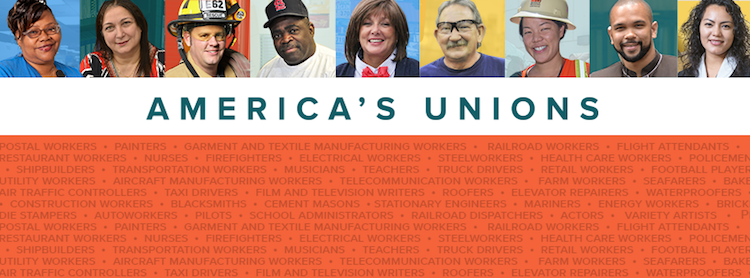The AFL-CIO on Feb. 4 launched the first in a series of nationwide symposiums to address the growing economic inequality among U.S. workers – particularly African Americans. Working in partnership with the Coalition of Black Trade Unionists (CBTU), the AFL-CIO intends to identify the many ways systemic racism affects black workers, and provide real policy solutions to address the growing disparity.
The typical black household now has just 6 percent of the wealth of the typical white household, according to a Demos report, “The Racial Wealth Gap.” “We need to fix the rules of our economy to treat everyone the same,” said AFL-CIO Exec. Vice. Pres. Tefere Gebre in his welcome address. People of color need the biggest ladder to move up to the middle class, and that way is through public-sector employment, he added.
The steady loss of public-sector jobs after the Great Recession disproportionately affected African Americans. And with the looming threat of an adverse decision in the Supreme Court case, Friedrichs v. California Teachers Association, the black middle class might become obsolete.
“We realize that black workers are the canary in the mines. Everything that happens to labor will happen to us harder,” cautioned the Rev. Terry Melvin, president of CBTU and co-author of “A Future for Workers: A Contribution from Black Labor.”
“Black workers comprise the segment of the working class that normally is subject to the forward thrusts of employer offensives. It is the segment of the working class that suffers the most from unemployment and underemployment,” the report concludes.
Now more than ever, African-American workers need good jobs with strong benefits and wages. And just as urgently, labor needs to organize black workers to grow the labor movement.
